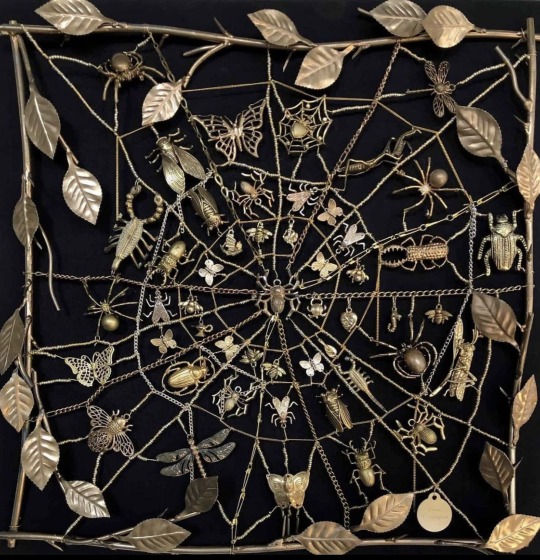A work in progress and a place for inspiration and contemplation. Run by a white person inspired and challenged by visionary fiction, afrofuturism, black quantum futurism, indigenous futurism, and sci fi/speculative fiction in general. I hope to be in conversation with those threads, but I've a lot to figure out first. I identify as a Midwesterner and settler living in the foothills of the Appalachian Mountains.(this is a sideblog)
Don't wanna be here? Send us removal request.
Text
In case anyone finds it helpful because mobility aids are horrifically expensive and inaccessible…

And for those people who have access to mobility devices but might benefit from a second chair they can abuse without risking expensive damage…
Erik Kondo has made a website, Open Source Innovations, that details plans for DIY wheelchairs. These wheelchairs can be made from common materials like wood, plastic, and pvc. They are lightweight and can be custom fit to the user allowing from the same degree of movement you would get from a custom chair. And they are durable and easily repairable. (he has been stress testing his latest design by dropping it down stairs, dropping it out of a car, launching it across a driveway, and throwing it off a deck). Its 12lbs and I think he said its was in the $200 ish range for parts.
He also is working on cheap, open source, accessible designs for beach chairs, off road chairs, motorized attachments (think smart drive), and so on. Plus he skateboards in his wheelchair. Cool dude, helpful info, pass it on.
67K notes
·
View notes
Text

Orbital Harvest.
My piece for the new issue of Kitchen Table magazine, crowdfunding now.
372 notes
·
View notes
Text
Social planning needs to reflect the labour required to restore, protect, and maintain a certain equilibrium, a certain “quality” of non-human nature. Agriculture, food-getting, and land management cluster into a bundle of related although distinct tasks. Pastoralism, agroecology, agroforestry, and terracing all contribute to biodiversity and food production, sequester carbon in soil and herbaceous matter, and produce crops. While sectors of biomes will need special care, this ought not to be based on the apartheid concept of the steel separation of the species from one another, and in particular a separation of humans from nature, but decentralized ecological planning. This ought to be nested within a system of protection of land rights and political sovereignty at local, regional, and national scales, ensuring that gender marginalization is not reproduced, and in so doing attending to historical inequalities in power within post-colonial states, identified by markers, such as caste, race, and ethnicity.
Max Ajl, Peripheral Labour and Accumulation on a World Scale in the Green Transitions
27 notes
·
View notes
Text
in general I do think that writers, especially in sci fi and fantasy, massively massively massively underestimate just how much having a job for even a few years will permanently alter someone's mannerisms and thought processes. every field has its own sea legs
810 notes
·
View notes
Text
Recycling lithium-ion batteries to recover their critical metals has significantly lower environmental impacts than mining virgin metals, according to a new Stanford University lifecycle analysis published in Nature Communications. On a large scale, recycling could also help relieve the long-term supply insecurity -- physically and geopolitically -- of critical battery minerals. Lithium-ion battery recyclers source materials from two main streams: defective scrap material from battery manufacturers, and so-called "dead" batteries, mostly collected from workplaces. The recycling process extracts lithium, nickel, cobalt, copper, manganese, and aluminum from these sources.
Read more.
66 notes
·
View notes
Text
ok not to be that guy but like. labor rights and working class rights can coexist with 24h services and late amenities. its certainly hard to do so without worker exploitation in this political and social environment, it’s not a conflict likely to resolve overnight. but 24h services are important and especially valuable to those of us that are disabled or are on a different circadian rhythm. in fact more professional, health, and government services should be available or at least possible to work on asynchronously (if applicable) during late or odd hours, while workers also get sufficient pay for their labor and proper consistent scheduling. this would be much easier on the workers with night schedules if the entire professional world didn’t grind to a halt at 5pmEST
20K notes
·
View notes
Text
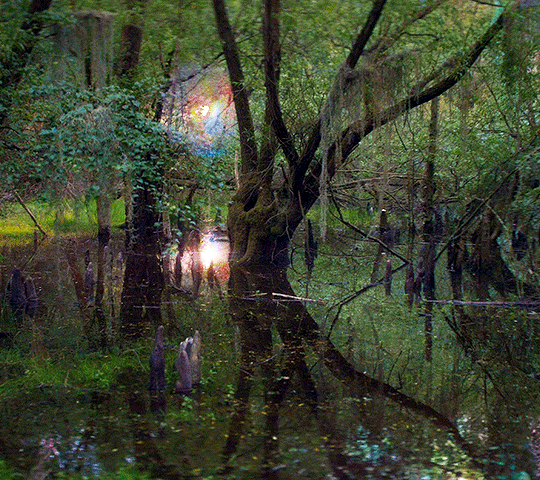
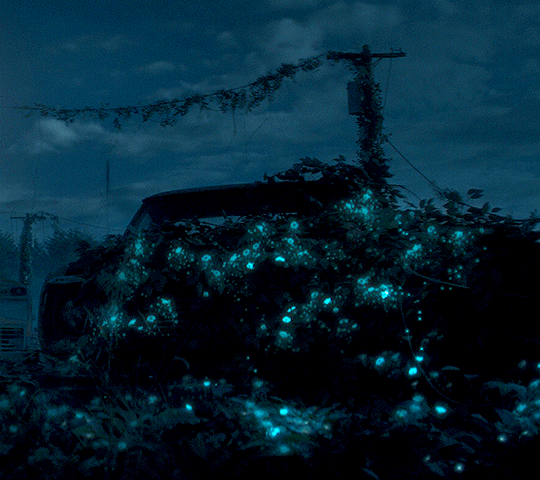
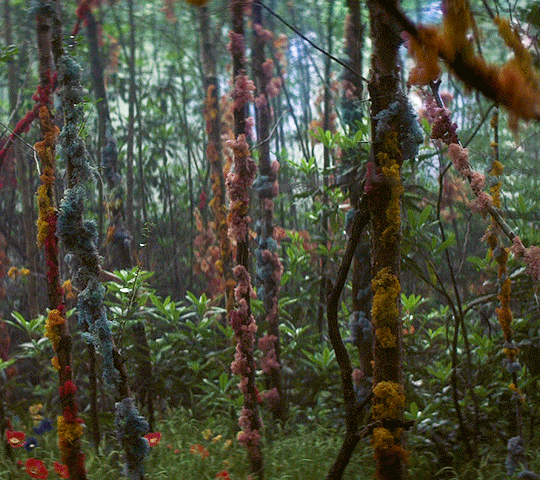
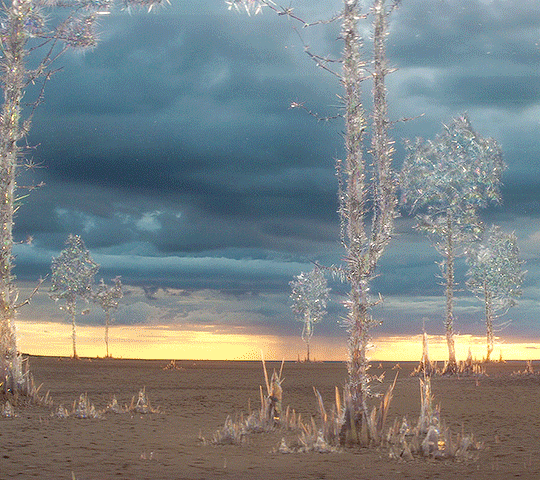
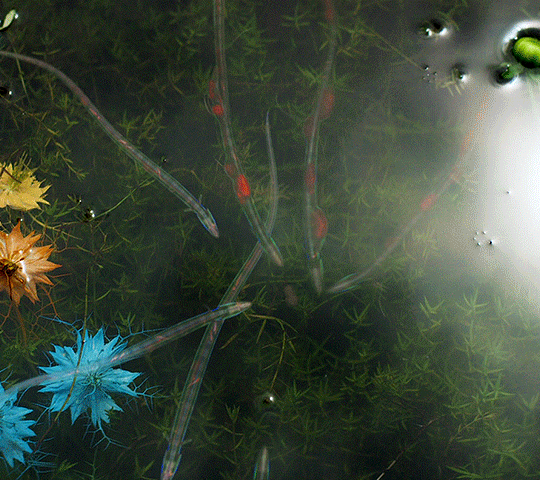
Scenery in Annihilation
784 notes
·
View notes
Text
youtube
Finally finished the video I've been working on for months! It's an hour and 21 minutes and I make 3 different leaf bolero vests in it.
I'll post more pictures later but right now my eyeballs are very tired and I need to go do non-screen tasks for a while.
2K notes
·
View notes
Text

OH West Carrollton - Mural 2 by Ken
3 notes
·
View notes
Text
One of the things that’s really struck me while rereading the Lord of the Rings–knowing much more about Tolkien than I did the last time I read it–is how individual a story it is.
We tend to think of it as a genre story now, I think–because it’s so good, and so unprecedented, that Tolkien accidentally inspired a whole new fantasy culture, which is kind of hilarious. Wanting to “write like Tolkien,” I think, is generally seen as “writing an Epic Fantasy Universe with invented races and geography and history and languages, world-saving quests and dragons and kings.” But… But…
Here’s the thing. I don’t think those elements are at all what make The Hobbit and The Lord of the Rings so good. Because I’m realizing, as I did not realize when I was a kid, that Tolkien didn’t use those elements because they’re somehow inherently better than other things. He used them purely because they were what he liked and what he knew.
The Shire exists because he was an Englishman who partially grew up in, and loved, the British countryside, and Hobbits are born out of his very English, very traditionalist values. Tom Bombadil was one of his kids’ toys that he had already invented stories about and then incorporated into Middle-Earth. He wrote about elves and dwarves because he knew elves and dwarves from the old literature/mythology that he’d made his career. The Rohirrim are an expression of the ancient cultures he studied. There are a half-dozen invented languages in Middle-Earth because he was a linguist. The themes of war and loss and corruption were important to him, and were things he knew intimately, because of the point in history during which he lived; and all the morality of the stories, the grace and humility and hope-in-despair, was an expression of his Catholic faith.
J. R. R. Tolkien created an incredible, beautiful, unparalleled world not specifically by writing about elves and dwarves and linguistics, but by embracing all of his strengths and loves and all the things he best understood, and writing about them with all of his skill and talent. The fact that those things happened to be elves and dwarves and linguistics is what makes Middle-Earth Middle-Earth; but it is not what makes Middle-Earth good.
What makes it good is that every element that went into it was an element J. R. R. Tolkien knew and loved and understood. He brought it out of his scholarship and hobbies and life experience and ideals, and he wrote the story no one else could have written… And did it so well that other people have been trying to write it ever since.
So… I think, if we really want to write like Tolkien (as I do), we shouldn’t specifically be trying to write like linguists, or historical experts, or veterans, or or or… We should try to write like people who’ve gathered all their favorite and most important things together, and are playing with the stuff those things are made of just for the joy of it. We need to write like ourselves.
22K notes
·
View notes
Text
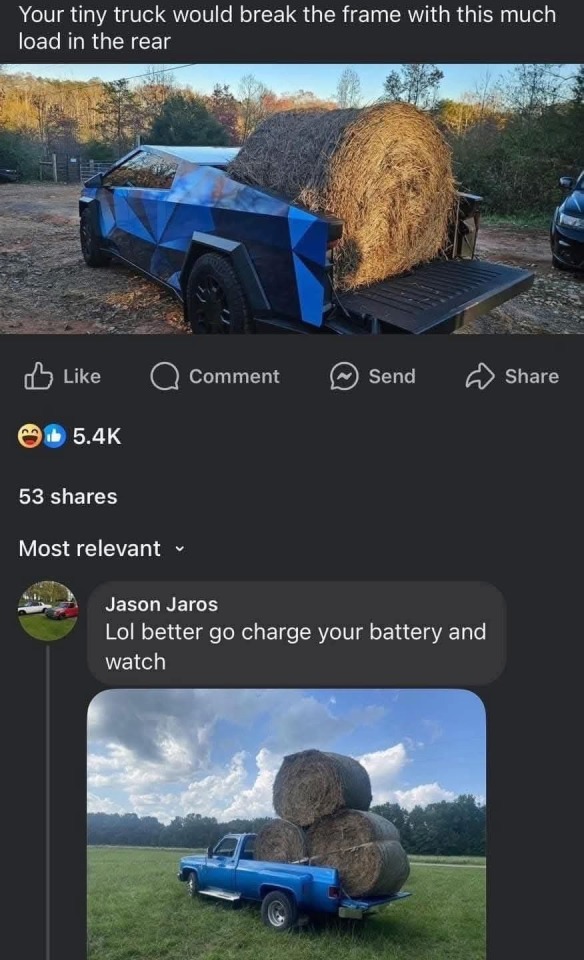
As a farmer.. homie thinking he is hot shit for hauling ONE BALE is so fucking funny let me put a rack on the back of my 02 dodge and i can haul fuckin 10 bales without needing the headers
64K notes
·
View notes
Text
Golf Courses ARE Being Converted
The Solarpunk "fantasy" that so many of us tout as a dream vision, converting golf courses into ecological wonderlands, is being implemented across the USA according to this NYT article!
The article covers courses in Michigan, Pennsylvania, California, Colorado, and New York that are being bought and turned into habitat and hiking trails.

The article goes more into detail about how sand traps are being turned into sand boxes for kids, endangered local species are being planted, rocks for owl habitat are being installed, and that as these courses become wilder, they are creating more areas for biodiversity to thrive.
Most of the courses in transition are being bought by Local Land Trusts. Apparently the supply of golf courses in the USA is way over the demand, and many have been shut down since the early 2000s. While many are bought up and paved over, land Trusts have been able to buy several and turn them into what the communities want: public areas for people and wildlife. It does make a point to say that not every hold course location lends itself well to habitat for animals (but that doesn't mean it wouldn't make great housing!)
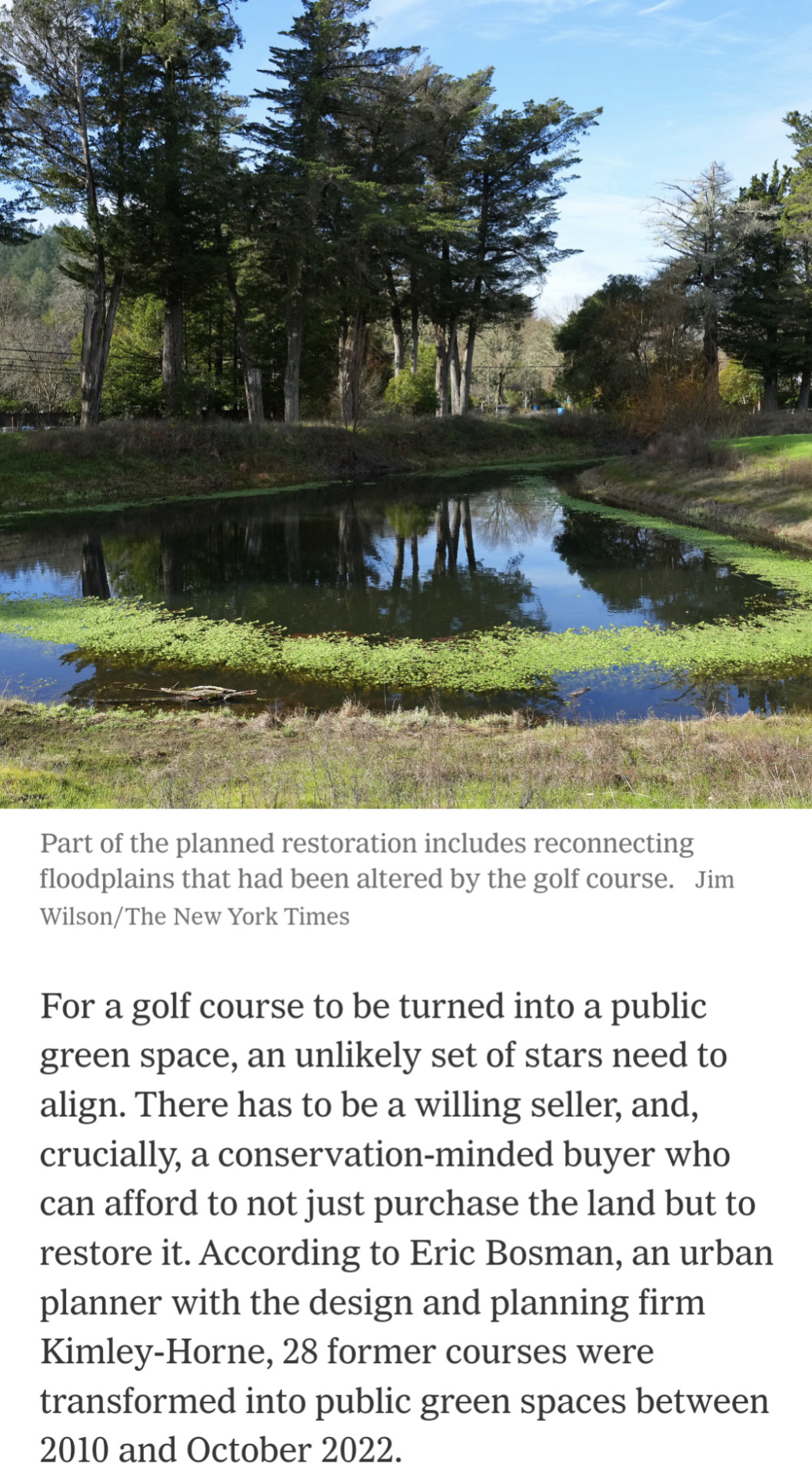
So lets be excited by the fact that people we don't even know about are working on the solutions we love to see! Turning a private space that needs thousands of gallons of water and fertilizer into an ecologically oriented public space is the future I want to see! I can say when I used to work in water conservation, we were getting a lot of clients that were golf courses that were interested in cutting their resource input, and they ended up planting a lot of natives! So even the golf courses that still operate could be making an effort.
So what I'd encourage you to do is see if there's any land or community trusts in your area, and see if you can get involved! Maybe even look into how to start one in your community! Through land trusts it's not always golf course conversions, but community gardens, solar fields, disaster adaptation, or low cost housing! (Here's a link to the first locator I found, but that doesn't mean if something isn't on here it doesn't exist in your area, do some digging!)
20K notes
·
View notes
Text

thinking about CRUST punks
36 notes
·
View notes
Text

when i was a lil kid i thought these were the angels my nanna always told me were watching over me
6K notes
·
View notes


